Disclosure: This article contains affiliate links. We may earn a commission from purchases at no extra cost to you, which helps our travel content.
Standing at the edge of Dolisie with the vast Mayombe Forest stretching before me, I felt that familiar flutter of excitement that comes with stepping into the truly unknown. The Republic of Congo has long been overshadowed by its larger neighbor, the Democratic Republic of Congo, yet this central African nation holds treasures of biodiversity and cultural richness that few travelers ever experience. Abenteuer beginnt dort, wo Pläne enden — adventure begins where plans end — as my father used to say during our Alpine expeditions. This two-week journey through one of Africa's most misunderstood regions would test my endurance, challenge my preconceptions, and ultimately deliver the authentic adventure I've been craving since my last paragliding expedition in the Swiss Alps.
Preparing for Congo's Complexities
The Republic of Congo presents a fascinating study in supply chain challenges — something that resonates with my professional background. Preparing for this expedition required meticulous planning that would satisfy even German engineering standards.
First, the paperwork: Congo requires not just a visa (apply at least 8 weeks in advance) but also a yellow fever vaccination certificate and proof of comprehensive travel insurance. I spent weeks securing proper permits for the Mayombe Forest sections through a local tour operator in Pointe-Noire.
Equipment selection became a critical exercise in efficiency. The humid conditions of the Congolese rainforest demand specialized gear that can withstand moisture while remaining lightweight. My water filtration system proved invaluable throughout the journey, allowing me to safely drink from streams and reducing the weight of carried water.
The region's remoteness also necessitated careful communication planning. I invested in a satellite messenger which provided emergency communication capabilities and location sharing that gave peace of mind to both myself and family back home. In areas where traditional infrastructure fails, this redundancy system creates a critical safety net.
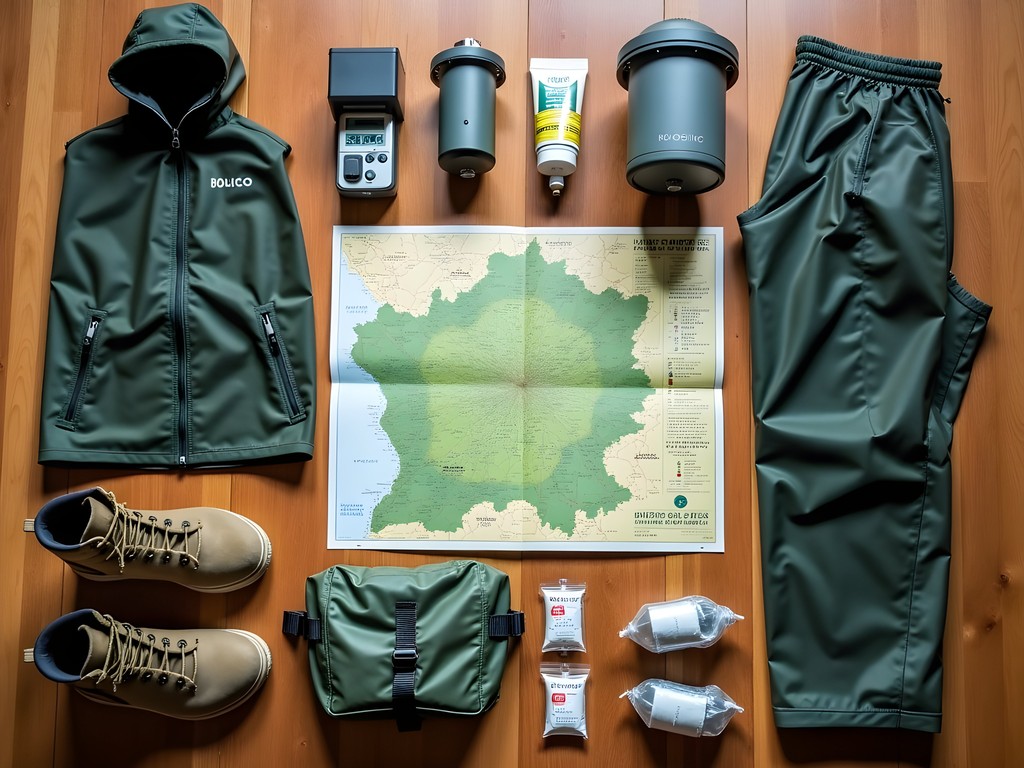
💡 Pro Tips
- Apply for Congo visa at least 8 weeks before departure and secure forest permits through a reputable local agency
- Pack moisture-wicking clothing that dries quickly - cotton becomes unusable in the humidity
- Bring twice as many ziplock bags as you think you'll need to protect electronics and documents
Dolisie: Gateway to the Wilderness
Dolisie serves as Congo's third-largest city, yet retains the character of a frontier town. Arriving via the overnight train from Pointe-Noire (an experience worthy of its own blog post), I was immediately struck by the city's architectural contrasts. Colonial-era buildings with fading facades stand alongside more modern structures, creating a visual timeline of Congo's complex history.
I spent two days acclimatizing in Dolisie, using the time to finalize supplies and connect with my guide, Marcel, a Mayombe native with encyclopedic knowledge of the forest. The central market proved fascinating both from supply chain and cultural perspectives - watching the intricate networks of goods flowing from rural areas into urban centers reminded me of distribution models I've studied, albeit with local adaptations that demonstrate remarkable resilience.
Accommodation options in Dolisie are limited but functional. I stayed at Hotel du Centre, where intermittent electricity and plumbing issues were offset by genuinely warm hospitality and a rooftop terrace perfect for evening planning sessions. For sleeping comfortably in these conditions, my travel sheet provided a clean barrier between myself and questionable bedding, while doubling as an extra layer during cooler forest nights.
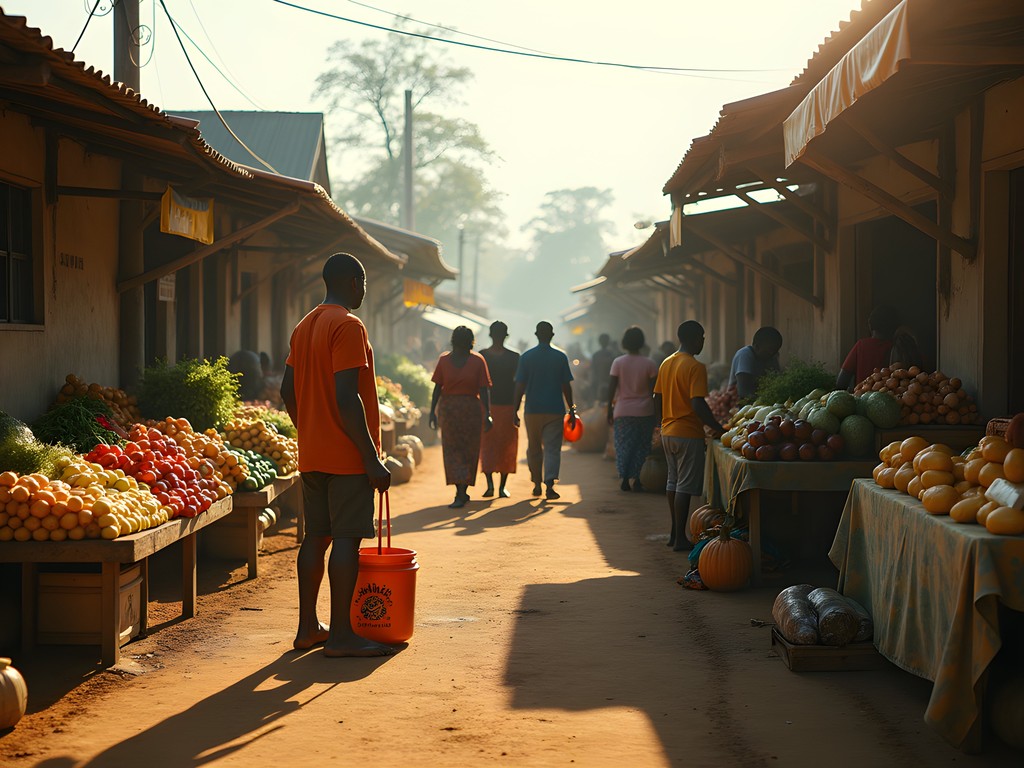
💡 Pro Tips
- Exchange currency in Pointe-Noire or Brazzaville before arriving in Dolisie - local exchange rates are unfavorable
- Visit Dolisie's central market early morning (6-8am) when produce selection is freshest and temperatures lower
- Hotel du Centre offers the most reliable Wi-Fi in town - perfect for last communications before entering the forest
Into the Mayombe: Where Wilderness Rules
The transition from Dolisie's dusty streets to the Mayombe Forest happens with startling abruptness. Within an hour's journey, concrete gives way to a cathedral of green so dense it creates its own microclimate. The Mayombe, part of the larger Congo Basin rainforest, represents one of Africa's most biodiverse yet least explored ecosystems.
Our trekking route followed ancient paths used by local Bakongo communities, traversing terrain that alternated between humid lowlands and surprisingly steep escarpments. The physical demands were substantial - daily hikes of 15-20 kilometers through challenging terrain required both mental fortitude and proper equipment.
My trekking poles proved essential for maintaining balance on slippery descents and providing extra support during stream crossings. The cork handles remained comfortable despite constant moisture and sweat.
The forest's biodiversity exceeded all expectations. Within the first three days, we encountered seven primate species, including the elusive lowland gorillas (viewed respectfully from a distance with Marcel's expert guidance). The birdlife created a constant symphony, with hornbills and turacos providing flashes of color against the green canopy.
Nights in the Mayombe demand respect for the elements. My jungle hammock with integrated mosquito netting created a comfortable suspended sanctuary, protecting me from both ground moisture and the forest's abundant insect population while allowing air circulation essential in the humid conditions.
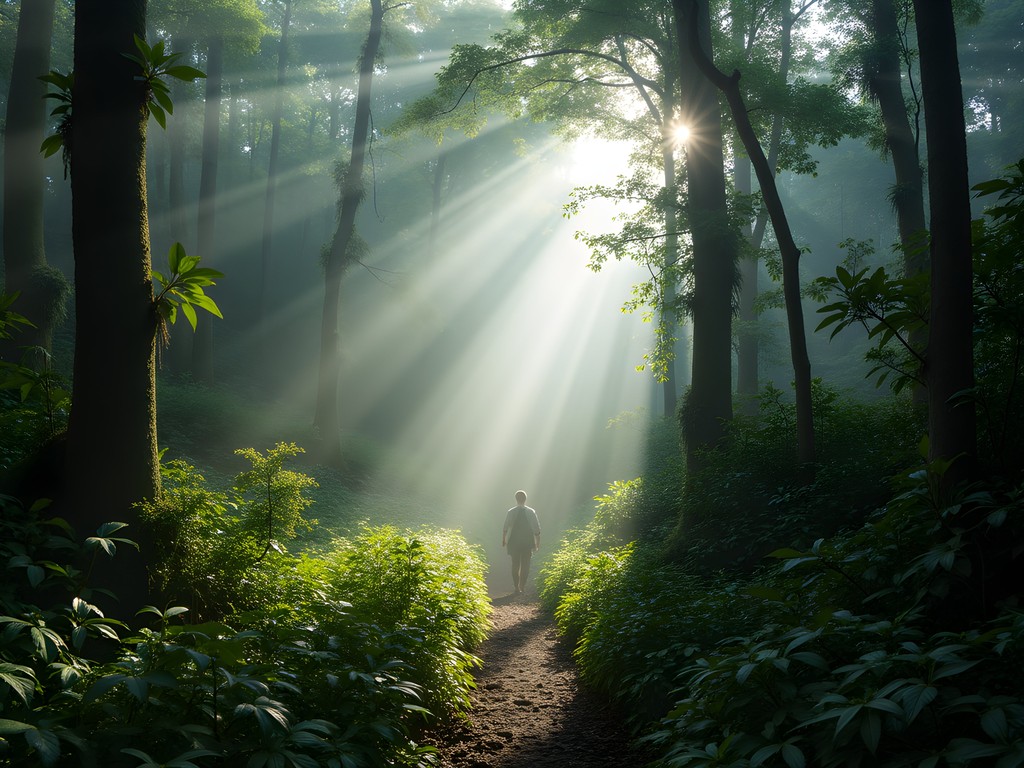
💡 Pro Tips
- Hire a local guide from the Bakongo community - their knowledge of seasonal water sources is invaluable
- Pack antihistamines even if you don't typically have allergies - the forest contains many unfamiliar plant compounds
- The best wildlife viewing happens 30 minutes after sunrise - worth the early wake-up
Cultural Immersion: The Bakongo Villages
The architectural precision I've admired in Frankfurt skyscrapers finds different but equally impressive expression in Bakongo village design. These settlements, strategically positioned near forest resources while maintaining careful ecological balance, represent generations of accumulated knowledge about sustainable living.
Our trek included stays in three different communities, each offering unique perspectives on Congolese rural life. The village of Makaba particularly impressed me with its circular layout optimizing both defense and community interaction - a design principle that would make any German efficiency expert nod in appreciation.
Communication relied on Marcel's translations, though I found my basic French occasionally useful. The villagers' reception balanced natural curiosity with dignified hospitality. Sharing meals became our primary cultural exchange, with manioc preparations and forest-harvested ingredients creating flavors entirely new to my palate.
One evening, I participated in a traditional palm wine gathering expedition, climbing trees using a technique that, while completely different from my paragliding experiences, required similar attention to safety systems and weight distribution. The resulting beverage - lightly fermented and served fresh - accompanied stories shared around evening fires.
For documenting these cultural interactions respectfully, my weatherproof notebook allowed me to take notes even during sudden tropical downpours. The ability to record observations, language phrases, and architectural details enhanced my understanding immeasurably.
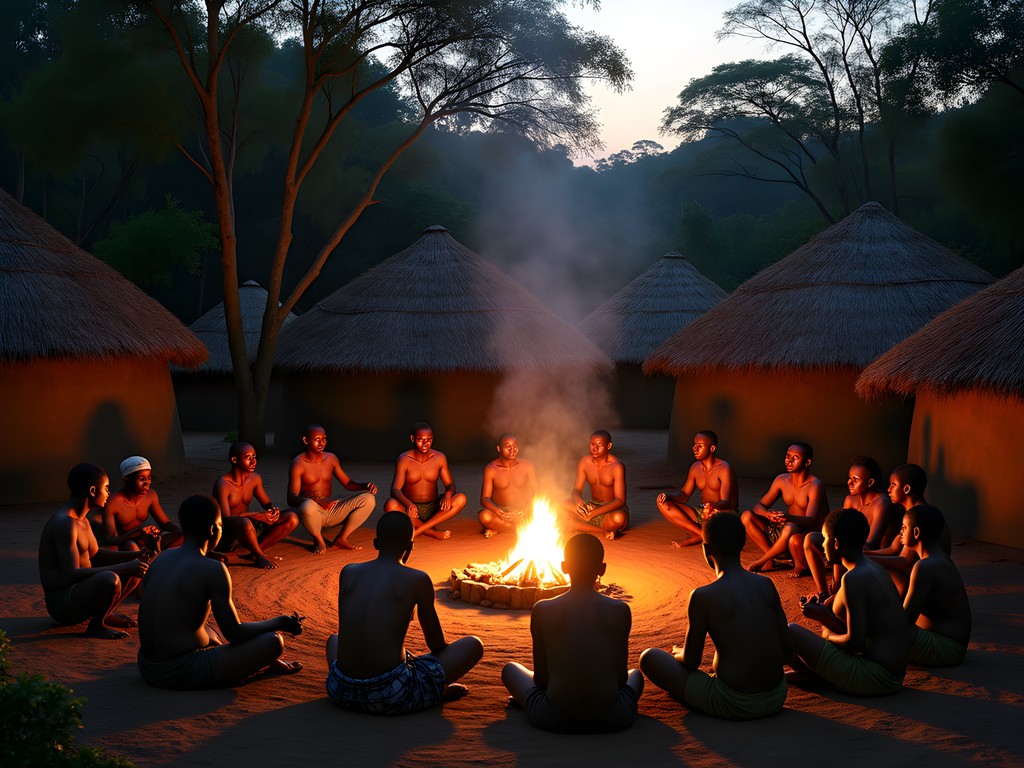
💡 Pro Tips
- Always request permission before photographing people or cultural activities
- Bring small practical gifts like fishing hooks or sewing needles rather than candy or money
- Learn basic greetings in Kikongo - even imperfect attempts are deeply appreciated
Practical Challenges: Health, Safety and Logistics
The Congo challenges visitors with a complex matrix of practical considerations that would test any supply chain manager's optimization skills. Health management became a daily priority in an environment where even minor injuries can escalate quickly due to humidity and limited medical infrastructure.
My comprehensive first aid kit proved essential, particularly the blister treatment system which prevented minor foot issues from developing into trek-ending problems. I supplemented this with locally sourced medicinal plants Marcel identified - a fascinating integration of traditional and modern approaches.
Water management presented another critical challenge. Despite visiting during the relatively drier fall season, afternoon downpours remained common. My dry bags protected essential gear through multiple drenching, particularly important for medication and electronics.
Safety considerations extended beyond physical health. The region has experienced periods of instability, though the Republic of Congo (not to be confused with neighboring Democratic Republic of Congo) has been relatively stable recently. Nevertheless, we registered with local authorities in each district and maintained communication protocols that included check-ins when possible.
Food logistics followed a hybrid approach combining carried supplies with local sourcing. Marcel's knowledge of edible forest plants supplemented our rice and preserved protein staples. The resulting diet was nutritionally adequate if monotonous - a small price for the extraordinary experience of true wilderness immersion.
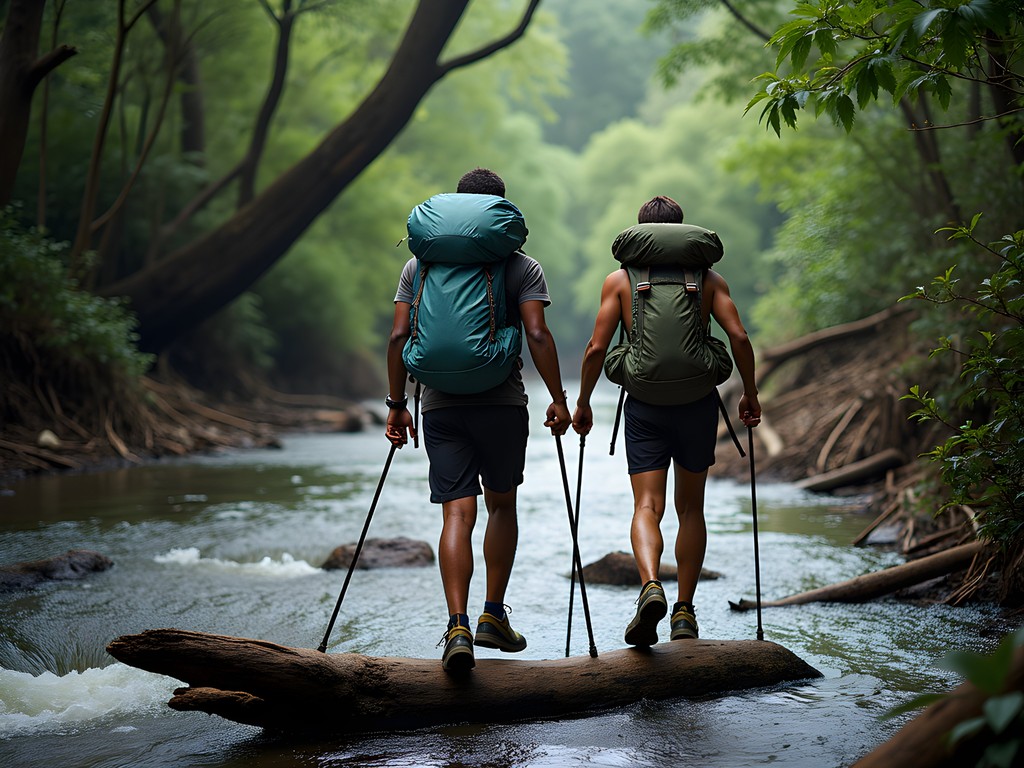
💡 Pro Tips
- Take antimalarial medication exactly as prescribed - the Mayombe is a high-risk zone year-round
- Carry water purification backup options - I used both filtration and chemical treatments
- Register your trek details with your embassy in Brazzaville before departing civilization
Final Thoughts
As our trek concluded and Dolisie's buildings once again appeared on the horizon, I found myself processing the profound contrasts of Congo's Mayombe region. This expedition delivered exactly what I seek in travel - authentic challenges, cultural insights impossible to gain from books, and landscapes that remain largely undocumented in travel media.
The journey required every bit of the precision planning my German heritage values, yet also demanded the flexibility and innovation that characterizes my American business experience. The supply chain manager in me appreciated the complex systems sustaining remote communities, while the adventurer reveled in moments of pure discovery.
For those considering this expedition: it is not for casual tourists. The Mayombe demands respect, preparation, and a genuine interest in both natural ecosystems and cultural exchange. But for travelers willing to embrace its complexities, Congo offers experiences increasingly rare in our hyperconnected world - true wilderness, authentic cultural interaction, and the profound self-knowledge that comes from testing one's limits.
As we say in German, Nicht alle, die wandern, haben sich verirrt - not all who wander are lost. Sometimes, in the heart of places like the Mayombe Forest, we find exactly what we've been seeking all along.
✨ Key Takeaways
- The Mayombe Forest offers extraordinary biodiversity with opportunities to observe primates, birds, and plant species found nowhere else
- Cultural exchanges with Bakongo communities provide insights into sustainable living practices refined over generations
- Proper preparation including permits, vaccinations, and specialized equipment is non-negotiable for safety
- Fall offers the optimal balance of manageable rainfall and accessibility for forest trekking
- Local guides are essential partners, not just service providers - their knowledge makes the difference between an expedition and an ordeal
📋 Practical Information
Best Time to Visit
September-November (fall)
Budget Estimate
$3,000-4,500 for a 2-week expedition including permits, guides, and transportation
Recommended Duration
Minimum 10 days, ideally 2 weeks
Difficulty Level
Advanced - Requires Good Physical Fitness And Previous Trekking Experience
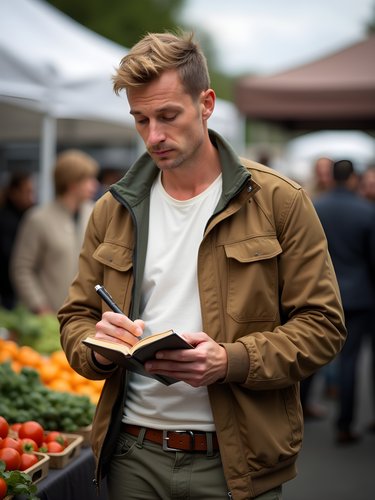
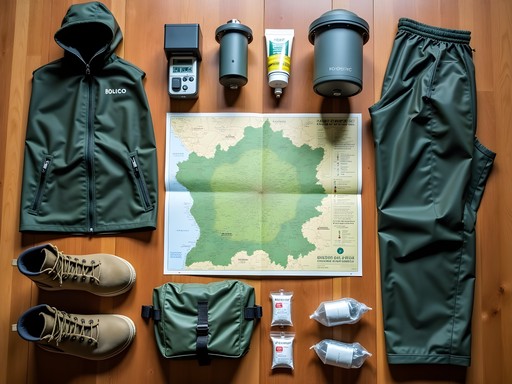

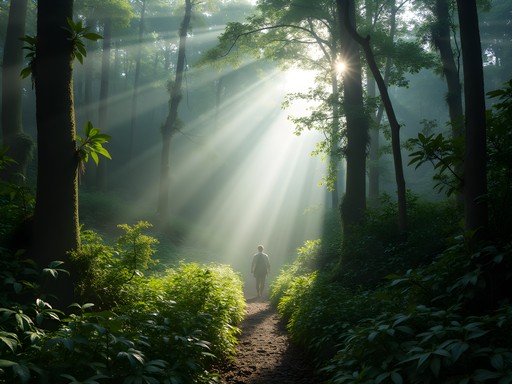
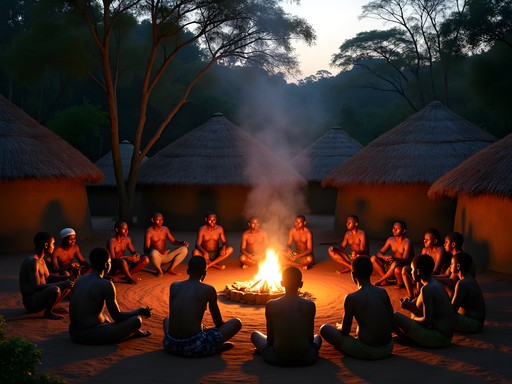
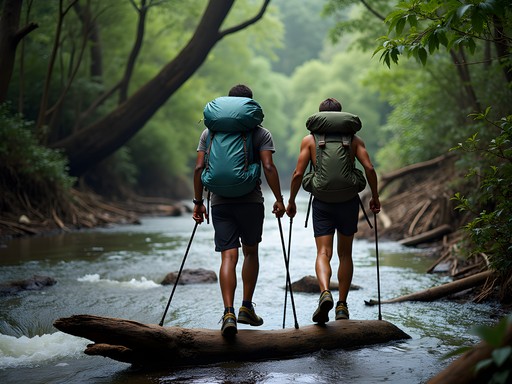


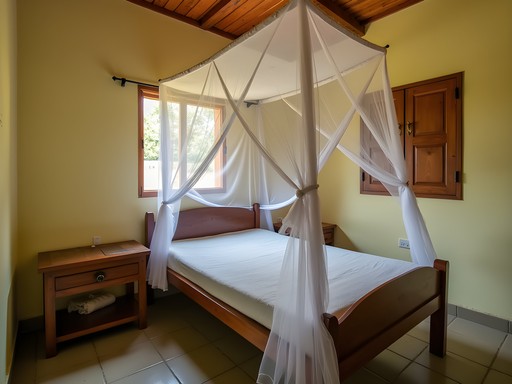
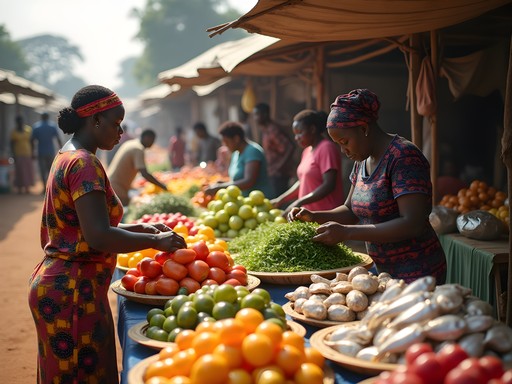
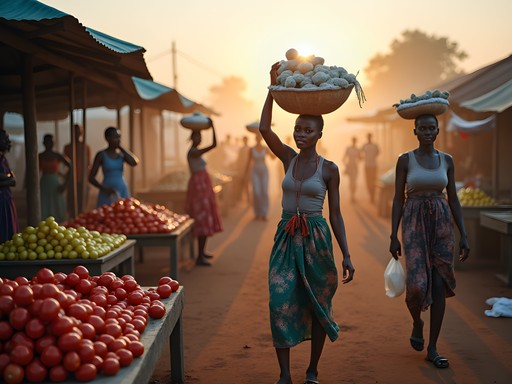





Comments
blueace
This post has me seriously considering Congo for next year! How was the cell service out there? Could you still post to Instagram or were you completely off-grid? Also, was the language barrier an issue?
Kyle Hamilton
Cell service was surprisingly decent in Dolisie but completely gone once in the forest. I downloaded offline maps beforehand which was crucial. French is definitely needed - very little English spoken outside major tourist sites. Even basic French phrases will help immensely!
escapechamp
YESSS!!! Congo doesn't get enough love! Did the Mayombe trek last year and it was LIFE CHANGING. The Bakongo villages were the highlight - danced with the locals until 2am one night. Kyle's right about the contrasts - it's wild one minute, then you're drinking palm wine with someone's grandma the next. GO PEOPLE!
Hannah Woods
Fascinating account of the Mayombe region, Kyle. The ecological transition zones you described between the forest types are particularly interesting from a biodiversity perspective. I spent three weeks in the DRC side of the forest in 2023, and the differences in conservation approaches between the two countries are stark. The Republic of Congo seems to have made more progress with community-based conservation models. Did you notice much evidence of logging activity encroaching on protected areas? This was a major concern when I was researching the region. Also, your point about transportation infrastructure is important for anyone planning similar trips - the unpredictability factor cannot be overstated.
Kyle Hamilton
Hannah, great observation about the conservation differences. We definitely saw evidence of logging - there were several operations just outside the protected zones, and our guide pointed out areas where the boundaries seemed to be... flexible. The community conservation projects are promising but still fragile. Would love to hear more about your DRC experience sometime.
travelmaster
Those gorilla photos are incredible! Bucket list material right there.
coffeeclimber
Just showed this to my partner and we're seriously considering doing this for our anniversary next year. We've done some hiking in Cameroon but never Congo. How was the humidity in October? We're trying to figure out the best time to go. Also, did you camp or stay in villages along the way?
Riley Griffin
Kyle, this brings back memories! I took my oldest son (16) to the Congo last year, though we stayed closer to the Nouabalé-Ndoki area. The Mayombe Forest has been on my list forever. Your descriptions of those Bakongo villages really captured the essence of what makes travel in this region so special. The way you described that evening ceremony with the village elders had me right there with you! I found having a good water purification system absolutely essential. We used our water filter daily and it was a lifesaver in the more remote areas. Did you have any issues with the seasonal roads? We got stuck for an extra day when rains made one section completely impassable.
Kyle Hamilton
Riley, that's awesome you shared that experience with your son! We actually got lucky with the roads - traveled during a relatively dry spell. The mud pits I mentioned were challenging but passable. And yes, water purification is non-negotiable there!
coffeeblogger
How difficult was it to get permits for the Congo? I've heard the bureaucracy can be a nightmare.
Kyle Hamilton
It definitely requires patience! I started the process about 3 months in advance. The tourism office in Brazzaville was actually quite helpful, but everything moves slowly. Best to have all your documents ready and expect delays.
coffeeblogger
Thanks for the info! Did you arrange your local guide beforehand or when you got to Dolisie?
Kyle Hamilton
I connected with my guide Jean through a contact at the Ecotourism Association in Brazzaville, but there are a few guides in Dolisie who can be arranged on arrival if you're flexible with timing.
journeynomad
Wow Kyle! This is exactly the kind of off-the-beaten-path adventure I live for! The Mayombe Forest sounds absolutely incredible. Those photos of the mist rising through the trees gave me chills!
exploreninja
Those pics of the forest canopy are INSANE! Nature on another level.
happywalker
This post is making me seriously consider adding Congo to my Africa itinerary next year. How many days would you recommend for the Mayombe trek if I'm an average hiker but want to really experience it? Also, was it super expensive with guides and permits?
escapechamp
Not Kyle but I did this in 2023! Min 4 days for Mayombe to be worth it. Costs were actually reasonable compared to East African safaris - about $75/day all in with local guide, food, permits. Worth every penny!!!
happywalker
Thanks for the info! That's way more affordable than I expected.
Venture X
Premium card with 2X miles, $300 travel credit, Priority Pass